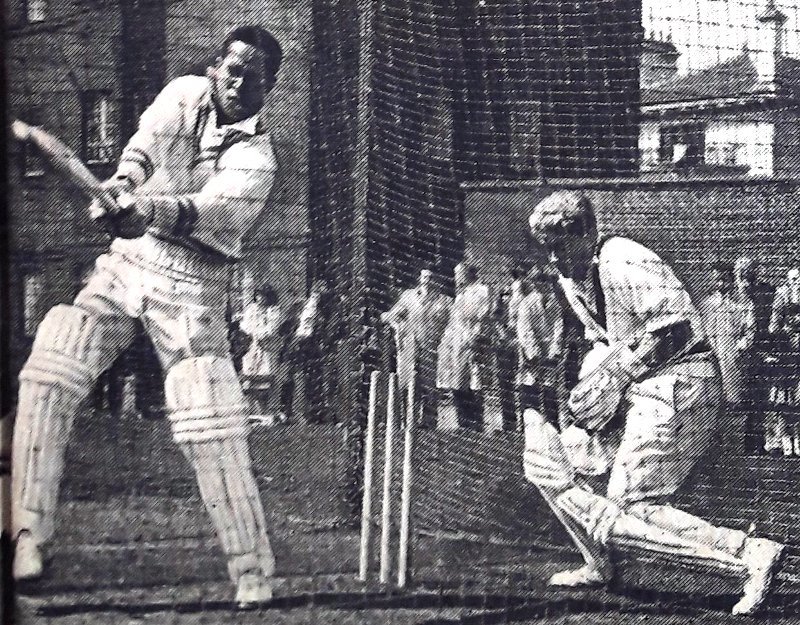Peter Roebuck on Gary Sobers One of a kind, only Garry Sobers was a genius of inspired orthodoxy; he was a cricketer’s cricketer. People enjoyed playing against him, as one might have enjoyed playing tennis against Rod Lever or fighting Muhammad Ali (ignoring the painful result of this particular foray). Garry Sobers combined flawless technique and gentle manners. He was the master of that talented, explosive West Indies team of the mid-1960s.
Rohan Kanhai could be inspired; Seymour Nurse could be elegant; Conrad Hunte sometimes solid, sometimes brilliant; Basil Butcher could be super off the backfoot; Clive Lloyd could plunder; Wes Hall and Charlie Griffith could explode. But Gary Sobers, like Frank Worrell, whom he so much admired, appeared graceful, lithe, and reliable. Less spectacular than some and less of a wizard than others, Sobers was the bastion of the team.
Whatever company he kept, Sobers was the man you had to dismiss. Possibly that is one reason he batted at six for the West Indies. There was always Sobers to come, a reassuring thought for some of the more volatile men higher in the order, and a depressing one for the bowlers. Sobers batted as he bowled, with fluency and in a very straight manner. He seemed to lean on the ball with arms and wrists extending, flashing the ball to the boundary without apparent effort.
Most memorably, that graceful cut behind point and the off-drive on the up, which sizzled through covers already standing 10 yards deeper than usual, I gather from C. L. R. James’ writing that these strokes were referred to in Barbados as ‘not a man move’ shots. With Sobers, the ball either went straight to the fielder or ‘not a man move’. There’ really would have been no point. I well recall Sobers’ fluent grace.
Not that he did not often simply stand up and belt the ball with fierce power, for, as Learie Constantine advised Donald Bradman: ‘Sobers hits the ball as consistently hard as anyone I’ve ever seen’. It is just that one remembers his lazy elegance rather than his vicious hitting. Sobers rarely displayed the mean, destructive power of Clive Lloyd or Viv Richards at their best. When this formidable pair is in demon possession, like a heavy-weight champion destroying an opponent like Joe Frazier “steamed up”, and demolishing a challenger,
